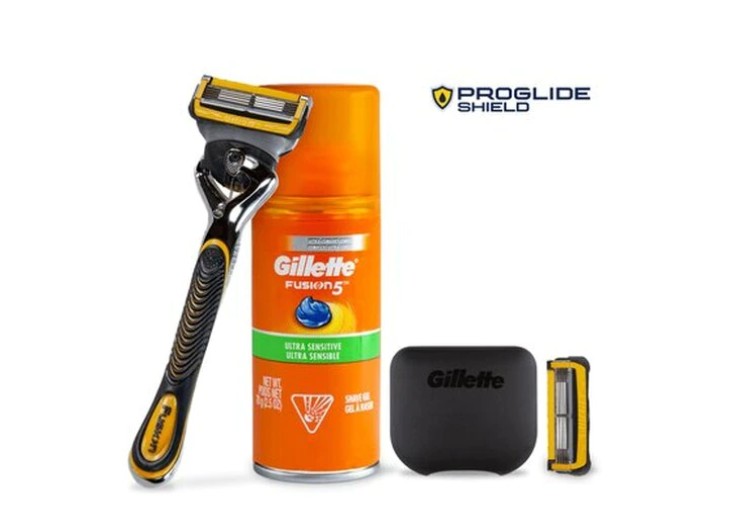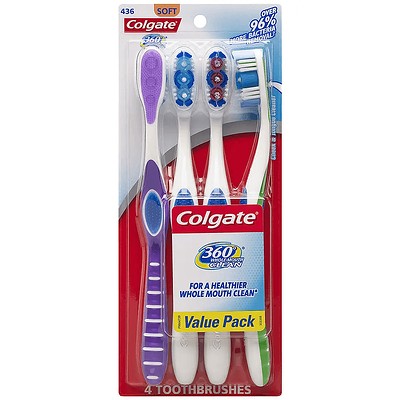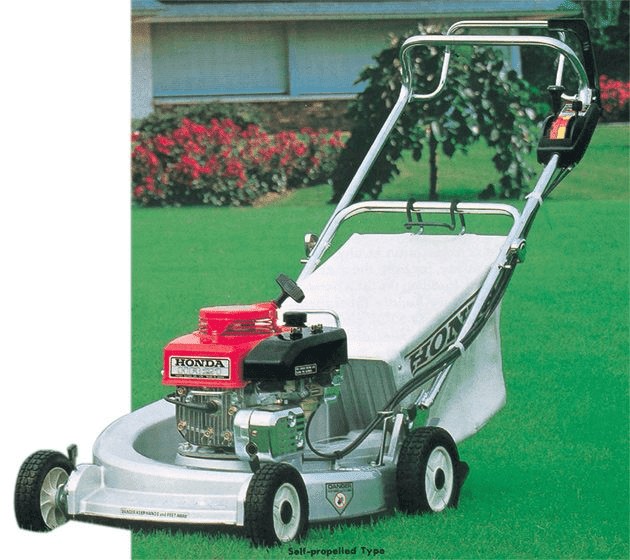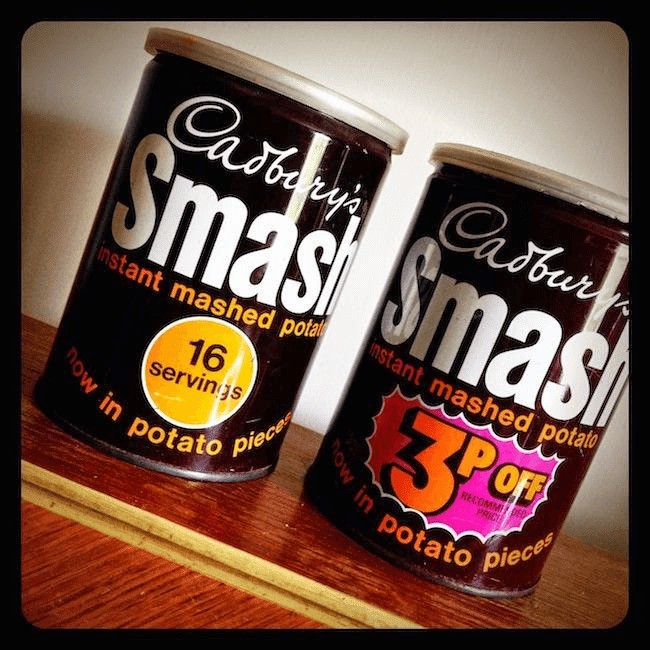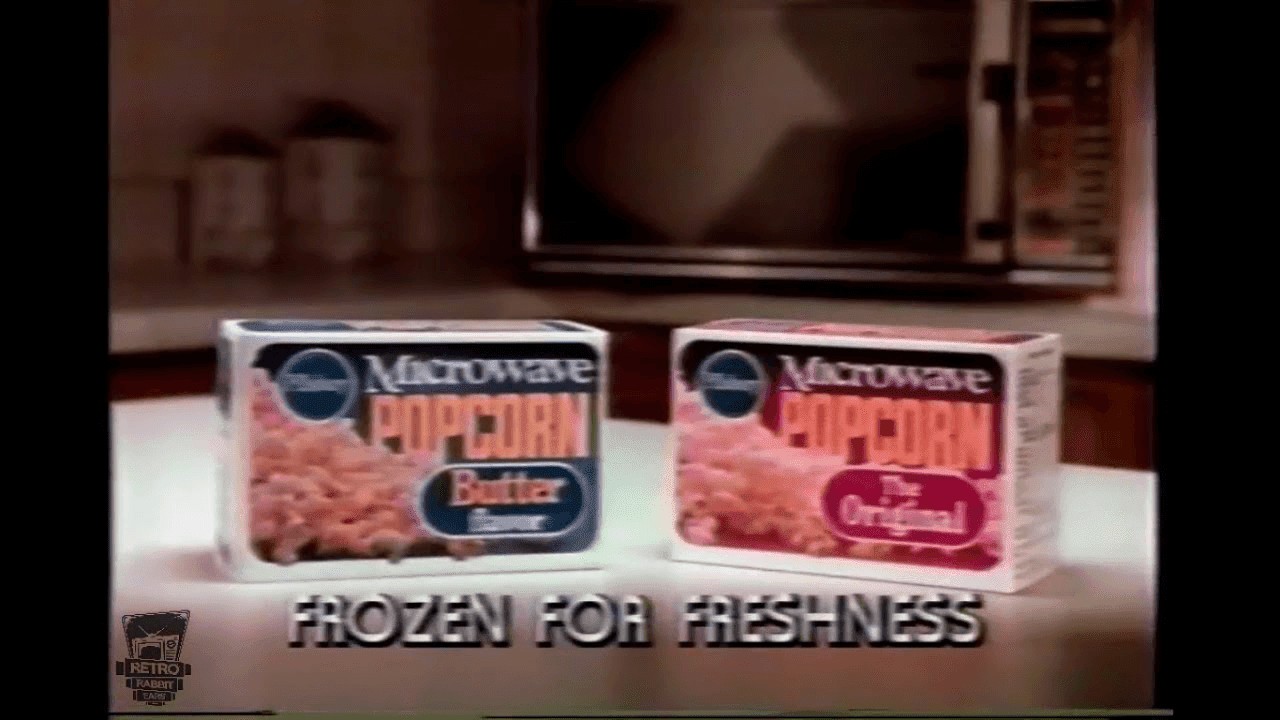I was in awe of Hailee Steinfeld’s performance after watching her in The Edge of Seventeen. Her performance was so good that it earned her a Golden Globe nomination for Best Actress.
But what amazes me about Steinfeld isn’t her acting prowess. It’s that she’s also just as accomplished as a singer. Steinfeld has collaborated with some of the most famous musicians like Zedd, Florida Georgia Line, and Alesso to produce three hit songs that have all reached the Billboard Hot 100 record chart.
Although Steinfeld is mainly known for her acting chops, her singing abilities bolster her esteem as a performer and stretch her brand to more audiences and fans. And just like her venture into music, companies often extend their brand to develop new products in industries where they don’t have any market share.
These initiatives are called brand extensions, and they allow companies to leverage their brand awareness and equity to create more revenue streams.
In this article, you’ll learn more about what a brand extension is and see examples of extension ideas that could inspire you.
What is a brand extension?
Brand extension is a marketing strategy that involves a company using its well-established brand name or image to introduce a new product or product categories to its customer base.
This strategy works best when the new product category is related to its parent category and is something consumers and customers want.
Many companies use brand extensions because it allows them to leverage their parent brand’s brand awareness and authority to reach new demographics and open up new sales channels.
One company that does brand extensions well is Apple.
Although Apple started as a technology company that makes only computers (Macs), it soon extended its product line to include music players (iPods), mobile devices (iPhones), and tech accessories (Apple Watch and Earpods). Even though all these new products are different, the extension works because Apple didn't drift too far from its parent product category. Instead, it leveraged its brand name to make penetrating the market a success.
What are the types of brand extensions?
Depending on the type of customers you have and what you want to achieve as a brand, you need to decide which brand extension strategy is right for your company.
Here are five different extension strategies that could work for you.
Line Extension
A line extension is when a parent brand launches a new product line in a category already familiar with its customers. With a line extension, brands don't have to create new categories.
An excellent example of a line extension is when soft drink companies introduce new flavors to their existing drink lineup. Other examples could include introducing new scents, sizes, and colors to a product line.
Complementary Product Extension
Another way an established brand can extend itself is by creating complementary products for its main products.
For example, Nike, a sports brand, creates various equipment, wears, and other sport-related products that complement each other. We've also seen toothpaste companies use this type of extension for their original brand by adding toothbrushes and other oral care products as new categories.
Customer Base Extension
A company can create a branding extension for itself by launching different product categories for a single demographic.
Procter & Gamble (P&G), for example, does this well with the Pampers brand. Although P&G specializes in various products, the Pampers line focuses on making products like diapers and wipes for babies.
Company Authority Extension
Companies with high levels of authority in their sector can leverage this authority to create new products.
For instance, Samsung has a huge brand name in the technology space that allows them to launch different products in related categories with a measure of success. And because of its brand image, most consumers wouldn't mind using a new product, whether it's an air conditioner or a mobile phone.
Brand Lifestyle Extension
Who would have thought a tequila line from an energy company would sell out within a few hours? Well, Tesla did it. And it was primarily due to the personality and lifestyle of its CEO, Elon Musk.
However, Elon and Tesla are not the only ones to use a celebrity's lifestyle to extend an existing brand. Other instances include Adidas/Kanye West's Yeezy lineup and Fenty (a brand under LVMH) with Rihanna.
What separates the best brand extensions from the worst?
Historically, the most successful brand extensions are the ones that closely tie to the company’s core brand or flagship product, like Gerber’s baby clothes and Dole’s frozen fruit bars. By entering tangential markets that can preserve their brand’s unique associations and perceived quality, companies can launch new products that consumers intuitively understand the benefits of, even though they’ve never seen them on a shelf.
On the flip side, a company can also exploit its brand and, in turn, ruin it.
Developing a new product in a market that isn’t closely tied to your flagship product or core brand, like what Zippo did with its women’s perfume, could cause some problems.
It could result in undesirable associations to your brand and weaken its existing associations and hurt your established products’ perceived quality.
So whether you’re a SaaS company or a consumer brand thinking about extending your product line, check out our list of the most and least successful brand extensions to help inspire your own.
Brand Extension Examples
- Reese's Puffs Cereal
- Food Network's Kitchen Items
- Gillette’s Razors & Shaving Supplies
- Colgate's Toothbrush
- Star Wars Action Figures
- Honda's Lawn Mowers
- Sunkist's Vitamin C Tablets
- Cadbury's Instant Mashed Potatoes
- Levi's Tailored Classics
- Pillsbury's Frozen Microwave Popcorn
- Samsonite's Outerwear
- Arm & Hammer's Underarm Deodorant Spray
- Colgate's Kitchen Entrees
Examples of Good Brand Extensions
1. Reese’s Puffs Cereal

Reese’s Puffs was my favorite cereal growing up, so I might be a little biased here. But with all the chocolate-flavored cereal around in the mid-90s, Reese’s Peanut Butter Cup’s entrance into the cereal market was smart and natural.
Today, with some ad campaigns highlighting how kids can eat their favorite candy for breakfast, Reese’s Puffs has helped General Mills, its conglomerate, capture the second-biggest slice of the cold cereal market share.
2. Food Network's Kitchen Items
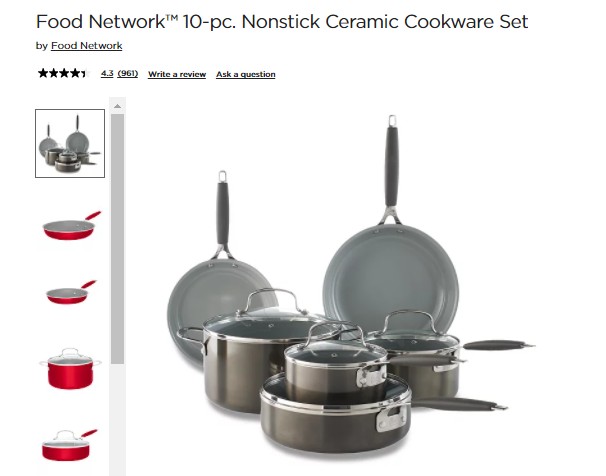
With an audience of over 13 million people, Food Network remains one of the world’s biggest TV channels.
Considering that many people were interested in what it does, Food Network saw an opportunity to extend its brand by partnering with Kohl's Corporation to launch its kitchen and cookware products.
The partnership was a success because Food Network served a specific audience with what they needed.
3.Gillette’s Razors & Shaving Supplies
Gillette’s extension into making shaving products alongside its safety razor blades was a smart move. Why? It’s hard to imagine someone shaving without using shaving cream, foam, or gel?
It was almost a necessity for Gillette to produce this complementary good for its flagship product.
4. Star Wars Action Figures
Although Star Wars was popular among adults when the movie was first released in 1977, many children didn't like it as much.
So how did the franchise become popular today? The Star Wars brand extended into the toy market. With action figures from characters in the movies, Star Wars was able to attract a new audience, build brand awareness and make a ton of sales in the process.
5. Colgate's Toothbrush
Just like Gillette’s razors and shaving products, Colgate’s toothpaste and toothbrush are complementary goods. But unlike the former example, you literally need a toothbrush to use toothpaste. Otherwise, you can’t brush your teeth.
In my opinion, Colgate’s decision to enter the toothbrush market was a necessity and one of its best moves, helping it secure the third-largest slice of the oral care market.
6. Honda's Lawn Mowers
Honda’s line of lawnmowers might not elicit the most enjoyable memories of my childhood. Still, its entrance and success in a saturated market speak volumes for a company primarily known for selling cars.
By leveraging its expertise in small motors to enter the lawn mower market in 1978, it now boasts the seventh-largest slice of market share in the global lawn mower industry.
7. Sunkist's Vitamin C Tablets

Featuring orange juice as its flagship product, Sunkist’s brand has associations with oranges, health, and energy. Sunkist produced vitamin C tablets that spawned an entire arm of business dedicated to vitamins and supplements to both bolster and leverage this association simultaneously.
Examples of Unsuccessful Brand Extensions
Not every brand extension can be a hit. Here are a few examples of brands that have made brand extension mistakes — and the lessons you can learn from them.
8. Cadbury's Instant Mashed Potatoes
Cadbury is known for making high-end chocolate and candy. When it started producing low-end food products, like instant mashed potatoes, it’s not surprising to learn that its association with the finest chocolates weakened.
Smash, its instant mashed potato brand, actually reached mainstream success, but it was at the expense of lowering its flagship product’s perceived quality. Cadbury eventually sold Smash in 1986, over 20 years after introducing its instant mashed potatoes to the world.
9. Levi’s Tailored Classics
When Levi’s introduced Tailored Classics in the early 1980s, it already owned a large share of its target market, so it wanted to enter some new markets to sustain its high growth rate.
One of these markets was men’s suits, but since its brand was heavily associated with a casual, rugged, and outdoorsy lifestyle, Levi’s new product line conflicted with its core identity and failed to catch on.
Consumers trusted Levi’s to produce durable clothing that could endure the wrath of mother nature, but, for that very reason, they didn't trust them to deliver high-end tailored suits.
10. Pillsbury's Frozen Microwave Popcorn
Even though Pillsbury is known for producing foodstuffs, its frozen microwave popcorn couldn’t compete with Orville Redenbacher or General Mills’ Pop Secret because its product positioning of being “frozen for freshness” didn’t offer enough value. Sure, sticking your popcorn in the freezer is convenient (I guess), but that benefit pales in comparison to enjoying a better-tasting popcorn.
11. Samsonite's Outerwear
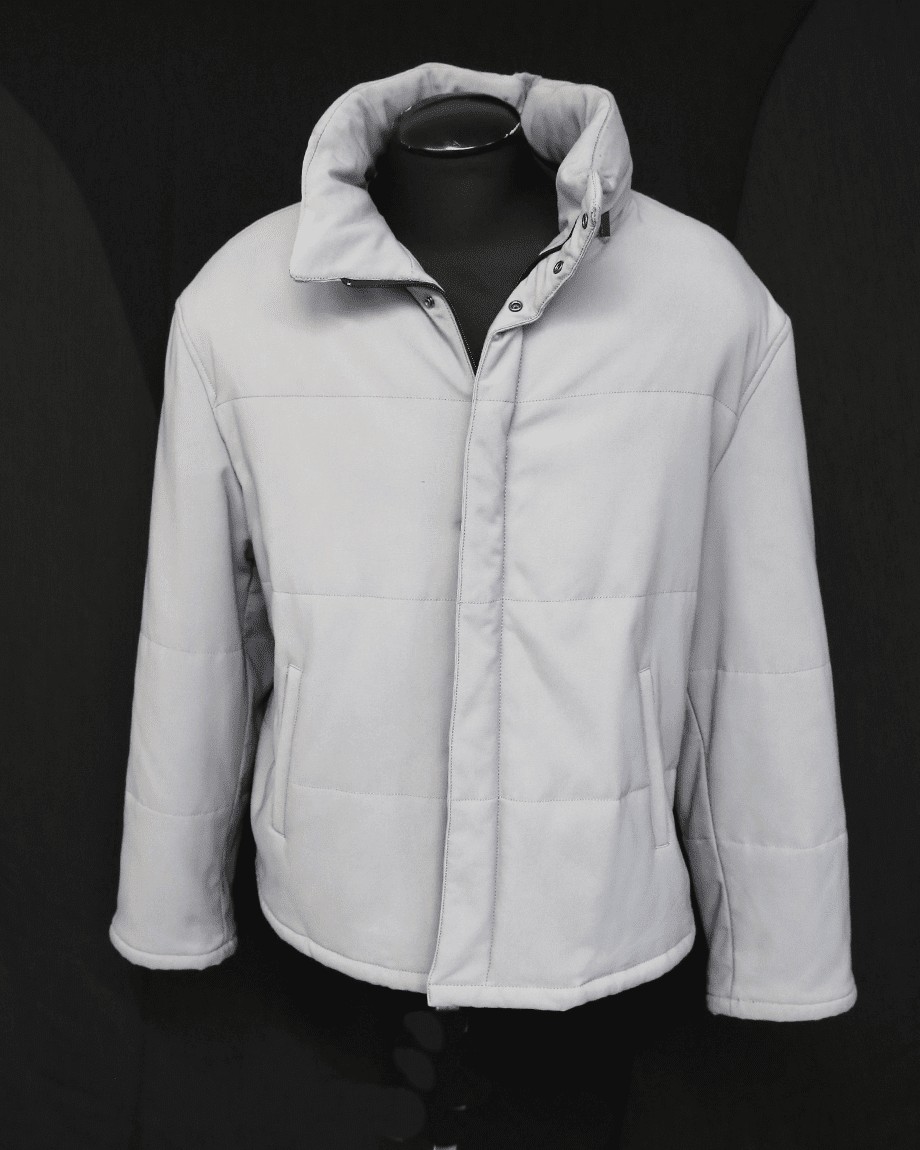
While Samsonite’s outwear is more fashionable than Levi’s Tailored Classics, it still suffers from the same problem as Levi’s failed product line — the brand extension doesn’t align with Samsonite’s core identity.
Samsonite is known for making high-end luggage, suitcases, and business bags. So unless it thinks its flagship product’s elegant traits can transfer to a completely unrelated product line, its venture into the clothing industry could diminish its brand equity. This is most likely the reason Samsonite doesn’t list outerwear on its website anymore.
12. Arm & Hammer's Underarm Deodorant Spray
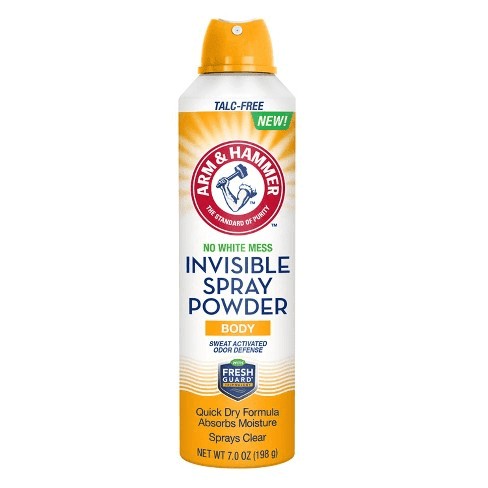
Arm & Hammer has successfully extended its brand from an odor-neutralizing baking soda to laundry detergent, carpet deodorizer, and even cat litter. But one product line that isn’t the best fit for its brand is an underarm deodorant spray. Applying a product that shares an ingredient with heavy-duty cleaning supplies to such a sensitive part of the body doesn’t jive well with consumers.
13. Colgate Kitchen Entrees

Although Colgate did well by extending its brand and creating different oral care products, it failed to enter the food space.
This brand extension was a failure mainly because selling frozen food was in sharp contrast with Colgate's brand identity. Since its audience already associated the brand name with dental care, it was hard for them to see the company differently.
Grow Your Brand
While a brand extension has its benefits, you also need to know that extending your brand into unchartered waters would also come with challenges.
So before you implement any extension strategy for your business, ensure it's in line with what your ideal consumer wants.
Does it make any logical sense to start marketing a new product to my customers? What benefit would a consumer derive from this new brand or product? Have I done enough research to know how a brand extension would affect my original brand?
Once you answer those questions, then you can start thinking about effective ways to grow your brand.

